Patagonia: Explorations, Indigenous Identity, and Elemental Cuisine
Sprawled across the southern tips of Argentina and Chile, Patagonia is a land of contrast and vastness—of ice fields and fjords, gauchos and glaciers, ancestral cultures and modern explorers. Few regions on Earth capture the imagination as profoundly as Patagonia, not only for its untamed beauty but also for its layered cultural landscapes and ecological significance.
While Argentinian Patagonia invites travelers into windswept steppes, highland deserts, glacier-fed lakes, and vibrant local festivals, Chilean Patagonia is defined by its deep fjords, dense temperate rainforests, and the jagged granite peaks of Torres del Paine. Each side offers a distinct rhythm—yet together, they form a larger story of exploration, cultural continuity, and elemental wonder.
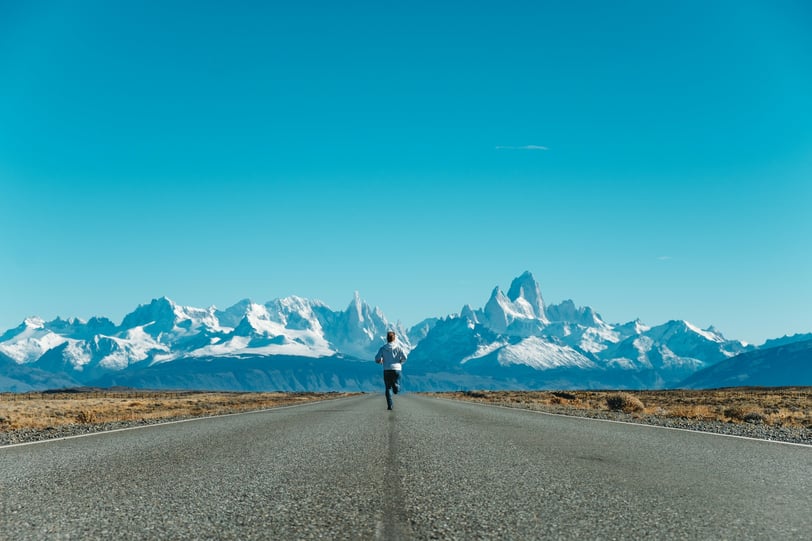

✈️ How to Get There
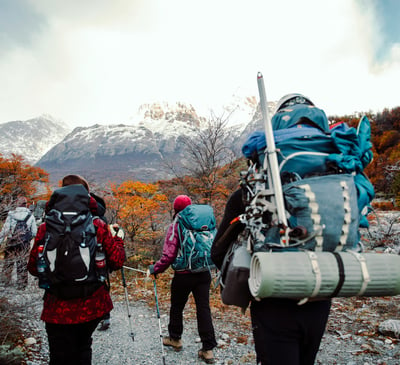

To Argentine Patagonia: Flights from Buenos Aires to El Calafate, Bariloche, or Ushuaia are most common. Overland routes connect smaller towns like El Chaltén, Esquel, or Trevelin.
To Chilean Patagonia: Travelers usually fly from Santiago to Punta Arenas or Puerto Natales, or take a ferry through the Chilean fjords via Puerto Montt. Some overland crossings between Chile and Argentina (e.g., via Paso Río Don Guillermo) are also popular for binational travel itineraries.
🌿 Throughout the year, Patagonia unfolds a series of expeditions, cultural gatherings, and culinary rituals—each reflecting the spirit of the land and the communities who call it home. Here are some of the defining highlights that shape its living rhythm:
1. A Daring Expedition: The 2025 Ice Field Traverse (Argentina)
As reported by La Nación Argentina, early January 2025 marked the launch of an ambitious expedition across the Southern Patagonian Ice Field—one of the largest non-polar ice masses on Earth. Veteran mountaineer Matías Rivas led a team of Argentine and international explorers through the Paso Marconi route, braving extreme weather and crevasse-ridden terrain.
Along with the physical challenge, the expedition raised awareness about climate change, with daily geophysical measurements documenting glacial retreat. Their successful completion in mid-February drew national attention and revived interest in eco-adventure trekking routes in the region.
2. Mapuche Cultural Revitalization in Neuquén (Argentina)
In February 2025, Neuquén province hosted the cultural gathering “Raíces Vivas” (Living Roots)—a vibrant event focused on the revival of Mapuche identity through music, storytelling, traditional medicine, and language workshops. Organized by the Asociación de Pueblos Originarios del Sur, the event attracted local communities and intercultural travelers alike.
According to Página/12, this event has become a symbolic space for indigenous resilience and community-based tourism, shedding light on Patagonia’s cultural depths beyond its landscapes.
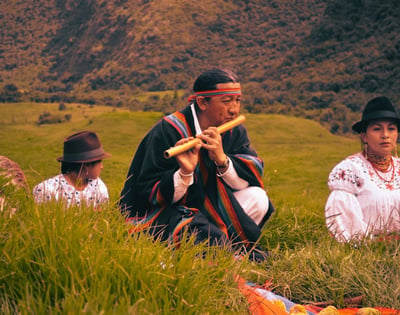

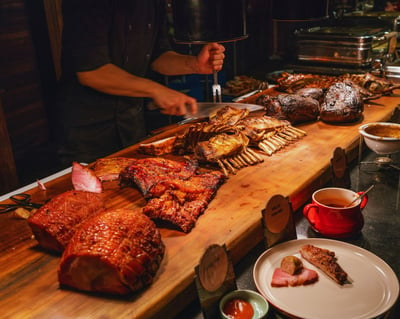

3. Culinary Weekend with Francis Mallmann (Argentina)
March brought culinary attention when renowned Argentine chef Francis Mallmann hosted a rustic gastronomic retreat at his private estancia near Lago La Plata. Participants from around the world experienced the elemental essence of Patagonian cuisine—from open-flame roasted lamb (cordero al asador) to glacier-fed wines and wild herb foraging.
Clarín reported that the event emphasized slow cooking, land connection, and ancestral techniques, merging Andean, European, and Patagonian rural traditions in a poetic culinary experience.
4. Outdoor Festivals Across Argentine Patagonia
As documented by Turismo Patagonia and Revista Andina, Patagonia hosts a rich calendar of cultural events, including:
La Fiesta Nacional del Trekking (El Chaltén): Hiking trails, mountain races, and environmental fairs.
Festival del Lago Buenos Aires (Los Antiguos): Folk dances, artisan food markets, and water sports.
Bariloche Snow Festival (San Carlos de Bariloche): Ski shows and snow sculpture competitions.
Fiesta del Cordero Patagónico (Río Gallegos): Communal lamb roasts and rural identity celebrations.
5. Chilean Patagonia: Eco-Conscious Landscapes and Cultural Depth
While Argentine Patagonia pulses with steppe and mountain culture, Chilean Patagonia offers a more humid, fjord-laced realm of wilderness and remote human presence.
Torres del Paine National Park and Sustainable Tourism
As highlighted by Chile.travel, Torres del Paine continues to lead as a model for sustainable eco-tourism. With strict visitor limits, renewable energy use, and community-run lodges, the park balances preservation and adventure.
Hikers traverse the famed W Circuit, encountering glaciers, guanacos, and turquoise glacial lakes, with immersive interpretive guides from local conservation groups.
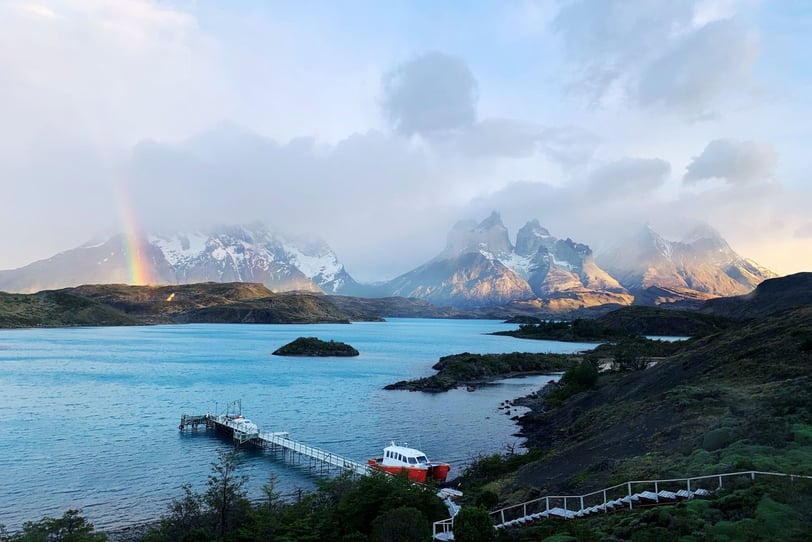

Indigenous Heritage: Kawésqar and Yaghan Revitalization
In the Magallanes region, initiatives led by Consejo de Pueblos Kawésqar y Yagán (Council of Kawésqar and Yaghan Peoples) are reclaiming endangered maritime traditions through canoe-making workshops, language schools, and oral history preservation.
As reported by Radio Cooperativa Chile, young generations are actively engaging in cultural continuity projects, especially around Puerto Edén and Puerto Williams, often in collaboration with academic and tourism institutions.
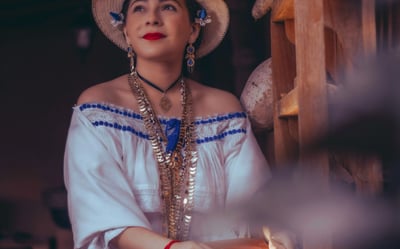

Festival Costumbrista de Puerto Natales
Held annually in February, this festival showcases Chilean Patagonian identity through curanto (earth oven cooking), traditional dances, artisan crafts, and live storytelling performances. It reflects a blend of Andean, maritime, and rural Chilean culture, providing travelers with an authentic community celebration.
References (for further reading and verification):
La Nación Argentina — “Expedición al Campo de Hielo Sur culmina con éxito en febrero de 2025”
Página/12 — “Raíces Vivas: Celebrando la cultura mapuche en Neuquén”
Clarín — “Francis Mallmann y la cocina patagónica en su máxima expresión”
Turismo Patagonia — “Calendario de eventos y festivales al aire libre en la región”
Chile.travel — “Torres del Paine: Turismo sustentable y conservación del paisaje”
Radio Cooperativa Chile — “Revitalización cultural de los pueblos Kawésqar y Yagán en la Patagonia chilena”
Municipalidad de Puerto Natales — “Festival Costumbrista de Puerto Natales: Tradición y comunidad en la Patagonia sur”
Patagonia’s landscapes inspire awe, but their true allure lies in what endures quietly along its edges. Among cliffs and windswept shores, the lighthouses of the far south stand as silent sentinels of time and tide. Discover their presence and forgotten purpose in “Guardians of the Wind: A Guide to Patagonia’s Forgotten Lighthouses.”
And beyond these rugged coastal structures, there are stories whispered in salt and solitude—personal, poetic, and timeless. Follow one such journey in “Whispers Beneath the Southern Cross: A Journey to Patagonia’s Lighthouses.”
✉️ Contact:
Curated by TrueTrip Hub |
© 2025 Invisible Atlas — All rights reserved.
Invisible Atlas
Journey Beyond the Visible
invisible.atlas@truetriphub.com
